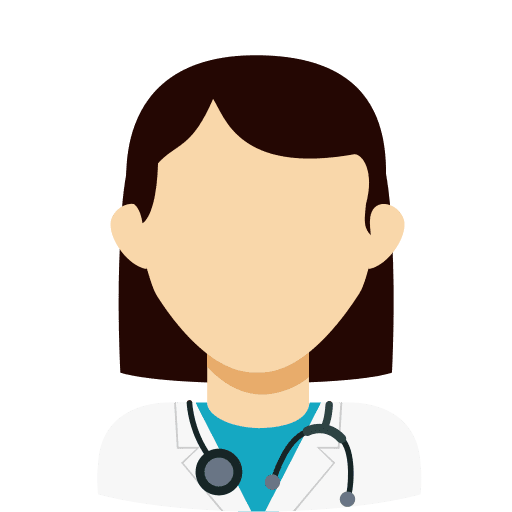Post-Traumatic Stress Disorder (PTSD) is described as a complex somatic cognitive affective and behavioural effects of an individual following a major traumatic event. It has been classified under reaction to severe stress and adjustment disorders (F43.1) of the International Classification of Diseases (ICD10). Individuals with PTSD relive the traumatic experience as in flashbacks and daytime imagery. They also show symptoms like excessive fearfulness, unresponsiveness to the surroundings, avoiding certain situations that remind them of the particular event, blunting of affect, hypervigilance, and so on. Somatic (pertaining to the body) symptoms like weakness, fatigue dizziness may be occasionally exhibited in PTSD. Sometimes they may have acute outbursts of panic, fear, or aggression. This symptom cluster occurs following a deeply impacting traumatic event like losing a loved one, natural disaster, being tortured, an accident etc. Traumatic events are of course a relative experience.
In recent times, a related symptom complex is being increasingly recognized by psychiatrists and general physicians, known as complex post-traumatic stress disorder (CPTSD). It has not yet been recognized by ICD10 (published by the World Health Organisation) or by Diagnostic and Statistical Manual of Mental Disorders (DSM V) published by American Psychiatric Association (APA) manuals which are the standard international mental health manuals for doctors.
Complex PTSD occurs after a series of traumatic events or one prolonged event lasting for months or years. Commonly it involves long-term physical, mental or sexual trauma. Experiences like childhood neglect, domestic abuse, human trafficking, being a prisoner of war, and alike are some predisposing factors of CPTSD. Studies have shown that trauma can have long-lasting effects on the amygdala, hippocampus, and prefrontal cortex of the brain. These areas play a role in memory and in determining how we respond to stressful situations. The altered functioning of these areas causes the lowering of the ‘stress threshold’. This leads to an abnormally exaggerated stress reaction to an event that might not be stressful at all. Functions like memory, emotional regulation, and cognition may also be impaired to varying degrees.
The difference between PTSD and CPTSD is that PTSD usually occurs after a single traumatic event, whereas CPTSD is associated with repeated trauma. Also, unlike PTSD, which can develop regardless of what age you are when the trauma occurred, CPTSD is typically the result of childhood trauma.
Symptoms Of CPTSD
Symptoms of PTSD are manifested in this disorder more severely along with some additional symptoms. Similar to PTSD, they report of having experienced flashbacks and having heard voices associated with the particular traumatic event. Lack of emotional regulation and thus having frequent outbursts of panic, fear, and aggression are much more frequent in CPTSD. The emotional and cognitive impairments of CPTSD are also severe compared to PTSD. The individual can have feelings of guilt and shame along with feelings of negative self-perception. Because of extreme anxiety, their personal and social life is significantly impaired. They have difficulty maintaining relationships because of mistrust and not being able to interact. They also usually cannot perform very well in jobs and academics. They may have a distorted perception of their abuser and may give the abuser major control of their life. They may be preoccupied with a feeling of revenge, hopelessness about the future, and extremely diminished self-worth. In some cases, their system of thoughts is altered. They may lose faith in some long-held beliefs about life, religion, and the world. This has been described as faith being shaken. Some tend to become people pleasers to avoid uncomfortable situations. Some others take different coping mechanisms. Substance abuse and self-harm acts are more very common in CPTSD.
Because of not being recognized as a different disease entity in ICD 10 or DSM V manuals, some mental health experts may not diagnose someone with CPTSD at all. Diagnosis of Borderline Personality Disorder (BPD) is likely to be diagnosed due to the overlapping of symptoms. Individuals with BPD have fluctuating and changing self-perceptions and those with PTSD and CPTSD have a constantly negative self-perception.
Management Modalities
The management modalities used for PTSD are found to be effective in CPTSD as well. The commonly used treatment options are:
- Psychotherapy:
- like Cognitive Behavioral Therapy (CBT) and Dialectical Behavioral Therapy (DBT) are shown to be useful. CBT focuses on replacing negative thought patterns with more positive ones. DBT helps people to better cope with stress, self-harm urges, and suicidal ideation.
- Medications
- Eye Movement Desensitization and Reprocessing (EMDR)
These techniques help the individuals better manage stress and also to challenge the physicality of flashbacks and auditory hallucinations. Eye movement desensitization and reprocessing (EMDR) is a recent technique that is used to manage PTSD and CPTSD. The therapist trains the individual to better deal with traumatic memories by making him/her recall those memories in a very controlled environment. The exact mechanism of EMDR is not known and thus this technique is questioned by many mental health experts.
Are There Medications For CPTSD Patients?
Antidepressant medications like selective Serotonin Reuptake Inhibitors (SSRIs) and Serotonin and Noradrenaline Reuptake Inhibitors (SNRIs) are proven to be useful in PTSD and may be useful in CPTSD. These drugs work by increasing the number of neurotransmitters like serotonin and noradrenaline. They help to elevate the mood and decrease the number of depressive episodes in those with CPTSD. Sertraline, Fluoxetine, and Paroxetine are commonly used medications.
The medications in combination with psychotherapy have greater efficacy than both separately. CPTS is a serious mental illness which takes some time to treat or may be lifelong in some individuals. Support groups – either online or in person can direct an individual towards recovery.








